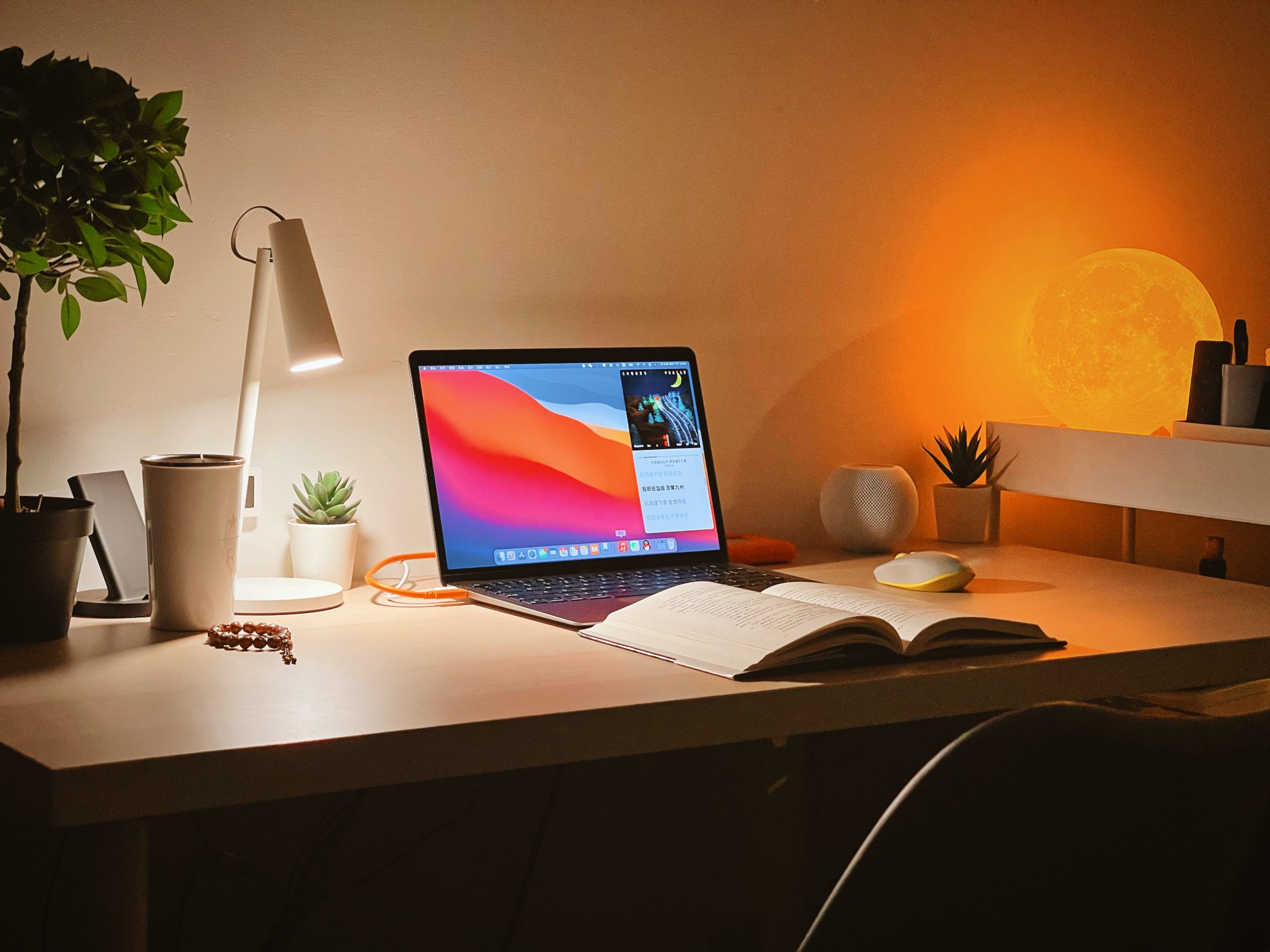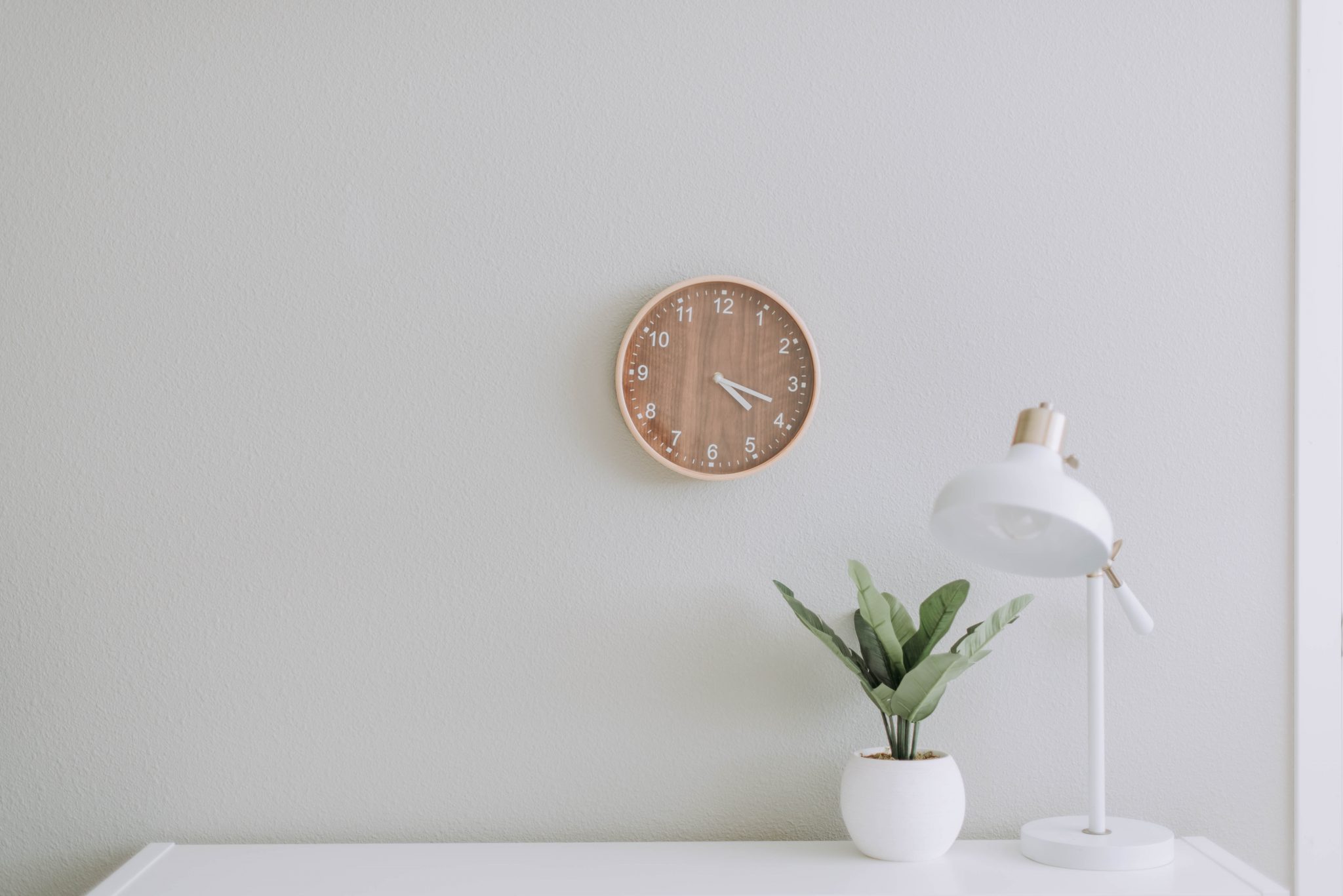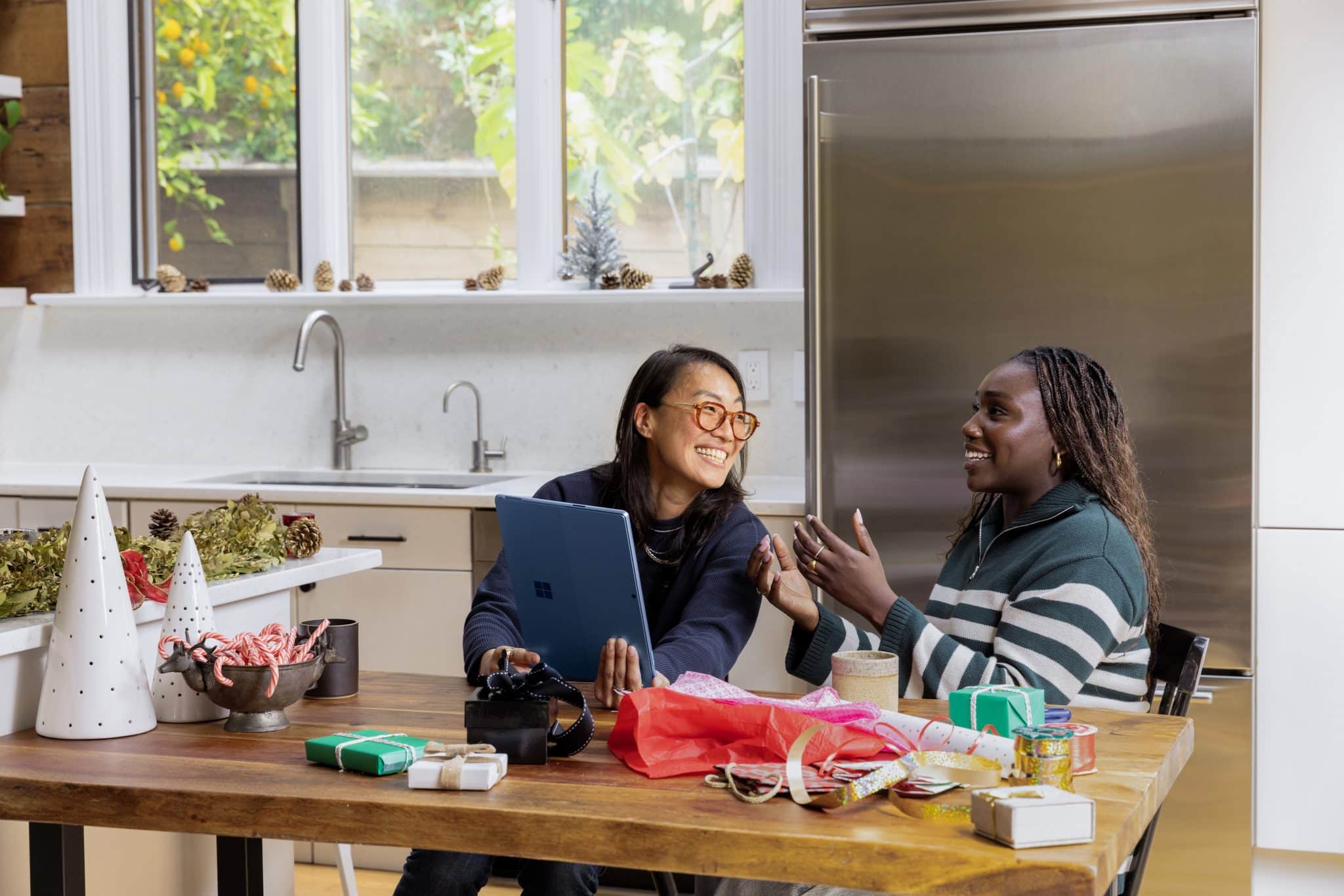How to Create a Great Study Space For Your Third Level Irish Education
HomeHak is going to show you how to create (or find) a study spot that lets you get in and do your best work. We’ll examine the do’s and don’t’s of study space creation, and the key principles to make sure your study space does what it should: help you study better.

1. Remove Distractions from Your Study Space
As in so many areas of life, it’s useful to start with what to leave out and then add things from there. Naturally, what puts you in a studious mood will differ from person to person, but here are some things you should probably avoid in your study space:
- Video games.
- Your phone.
- Messy food/drinks
- Other people unless for group projects
These are all things that, while fun or even productive-seeming, are ultimately distracting. The goal of a study space is to maximize the attention you can devote to studying while minimizing the amount of effort necessary to do so. You can’t do that if the space is full of distractions.
2. Have Easy Access to Everything You Need Before You Start
Now that we’ve gone over what to leave out, let’s get to what to include. This is a long list, and much of it depends on what exactly you’re studying. For instance, you’ll need different materials for writing an English paper than for preparing for a chemistry exam. To help you out, I’ve divided the list into two sections: essential and optional items.
Essential Study Space Items
Comfortable yet ergonomic chair, an external mouse, your computer, Textbooks, Notebooks, Index cards, Pad of paper to write down distracting thoughts, Plenty of writing utensils, Calculator and Good lighting.
Optional Items
- Whiteboard and dry erase markers, water, Healthy snacks, Inspiring decorations, Paper calendar, Study music or ambient noise and Headphones.
3. Pay Attention to Lighting
According to a German study , researchers found that the students were more creative under warm light (3000k), yet concentrated better under cold light (6000k). To put this into action, try to study near a window, so you have some natural light coming in.Another tip is to experiment with different brightness levels and color temperatures until you find something that works well for you.

4. Adjust Your Study Space to the Ideal Temperature (if possible)
Aside from color temperature, the actual warm-cold temperature of the room you’re in is also a big factor. Not only can an environment that’s too hot or cold cause you to be consciously distracted, but it can also cause you to make more mistakes in your work unconsciously. Researchers reviewed several studies on how temperature affects office worker productivity. They found that, on average, productivity is highest in a temperature range between 22°C and 25°C. Below or above that range, errors increase.
To summarise
Firstly, remove distractions from your study space. Secondly, have easy access to everything you need before you start. Additonally, pay attention to lighting. Finally, adjust your study space to the ideal temperature. We hope you enjoyed HomeHaks top tips to create a better study space!







